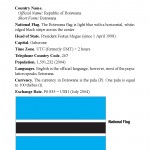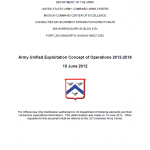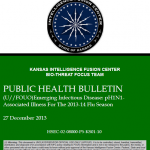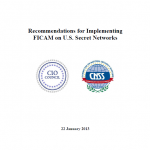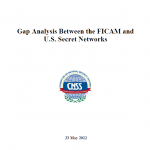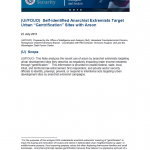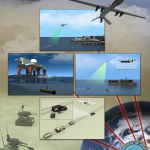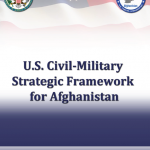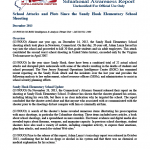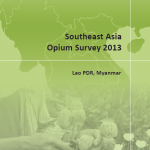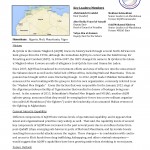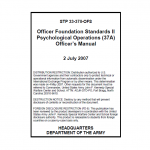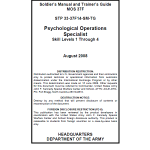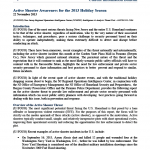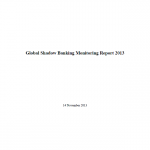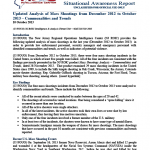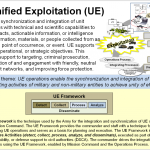
At the International Conference on Afghanistan held in Bonn in December 2011 and again at the Chicago Summit in May 2012, the international community made a commitment to support Afghanistan in its Transformation Decade beyond 2014. Thus, as Afghan authorities assume the lead for security in all regions, and the NATO-led combat mission changes in scope, ministerial and institutional development will likely continue as an enduring mission. This mission is currently being conducted under the authority of Commander, NATO Training Mission-Afghanistan, Combined Security Transition Command- Afghanistan (NTM-A/CSTC-A) as a U.S. mission through bilateral agreements with Canada and the UK. Within the NTM-A/CSTC-A organization, the Deputy Commander- Army (DCOM-A), in coordination with the Ministry of Defense (MoD), generates and sustains the Afghan National Army (ANA), assists in the development of its leaders, and guides the establishment of an enduring institutional capacity in order to deliver a competent and capable Afghan security force. This plan will be reviewed and revised on an annual basis (in November of each year) to ensure that the advising effort and personnel resources are properly adjusted, as the institutional capability and capacity of the MoD and GS c:continues to develop.
Read more →


